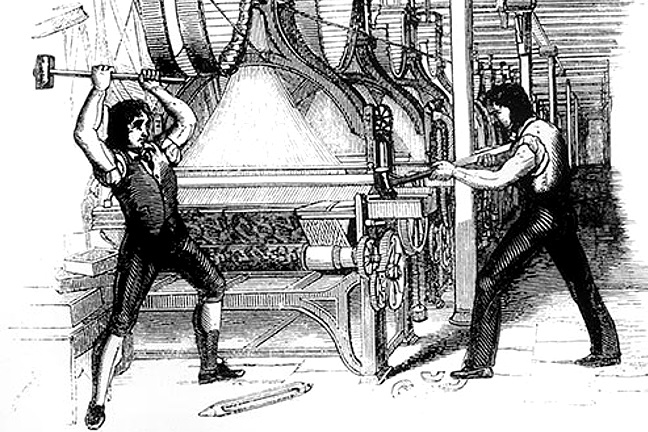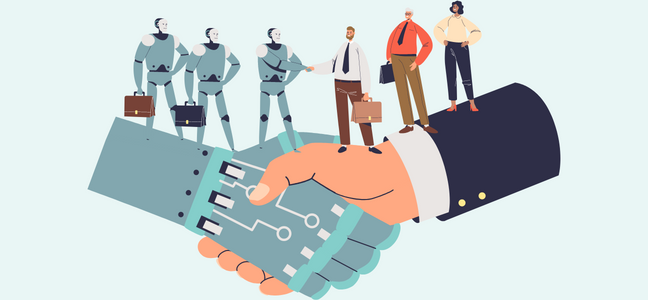From Luddites to AI: An Evolution of Job Disruption
The dawn of every industrial revolution carries with it a wave of transformative changes. Inevitably, some of these changes disrupt established work patterns, leading to the displacement of workers and provoking social unrest. The Luddites of the Industrial Revolution and the emerging concerns about Artificial Intelligence (AI) in the current technological revolution provide compelling parallels in this context.
The Luddite movement took root in early 19th century England, born from the fear and resentment textile workers felt as newly invented machinery threatened their livelihoods. Named after their mythical leader, Ned Ludd, the Luddites saw mechanisation as a direct attack on their skills and way of life. They retaliated by destroying the machines that symbolised their displacement, becoming a historical symbol of resistance to technological progress.

Fast forward to the present day, we are amid another revolution— the AI revolution. Advanced algorithms, machine learning models, and autonomous systems are streamlining business operations, often performing tasks more efficiently and accurately than their human counterparts. As a result, there is growing apprehension about job losses, especially among those working in industries highly susceptible to automation.
The parallels between the Luddites’ experience and the current climate are striking. Just as mechanisation threatened skilled artisans during the Industrial Revolution, AI and automation today raise concerns about job displacement across various sectors. While the scale and complexity differ, the underlying human fear of obsolescence remains the same.
However, it’s important to consider the lessons learned from the Luddite era. The Industrial Revolution, despite initial job displacement, ultimately led to the creation of new roles and industries. The mechanisation of tasks freed human capacity for more complex, nuanced work that machines of the time couldn’t perform.
In a similar vein, while AI is likely to automate certain jobs, it also opens up opportunities for new kinds of work. AI and humans have complementary skills. While AI excels in pattern recognition, data analysis, and performing repetitive tasks, humans are better at creative thinking, problem-solving, and tasks requiring emotional intelligence. Emphasising these skills in the future workforce could lead to a more harmonious integration of AI into the workplace.

In conclusion, the transformation brought by every technological revolution, while disruptive in the short term, often opens up new possibilities in the long run. The challenges are significant, but so are the opportunities. Rather than resisting change as the Luddites did, society could proactively prepare for it, focusing on re-skilling and up-skilling initiatives, to harness the benefits of AI and navigate a future where humans and machines work collaboratively.
